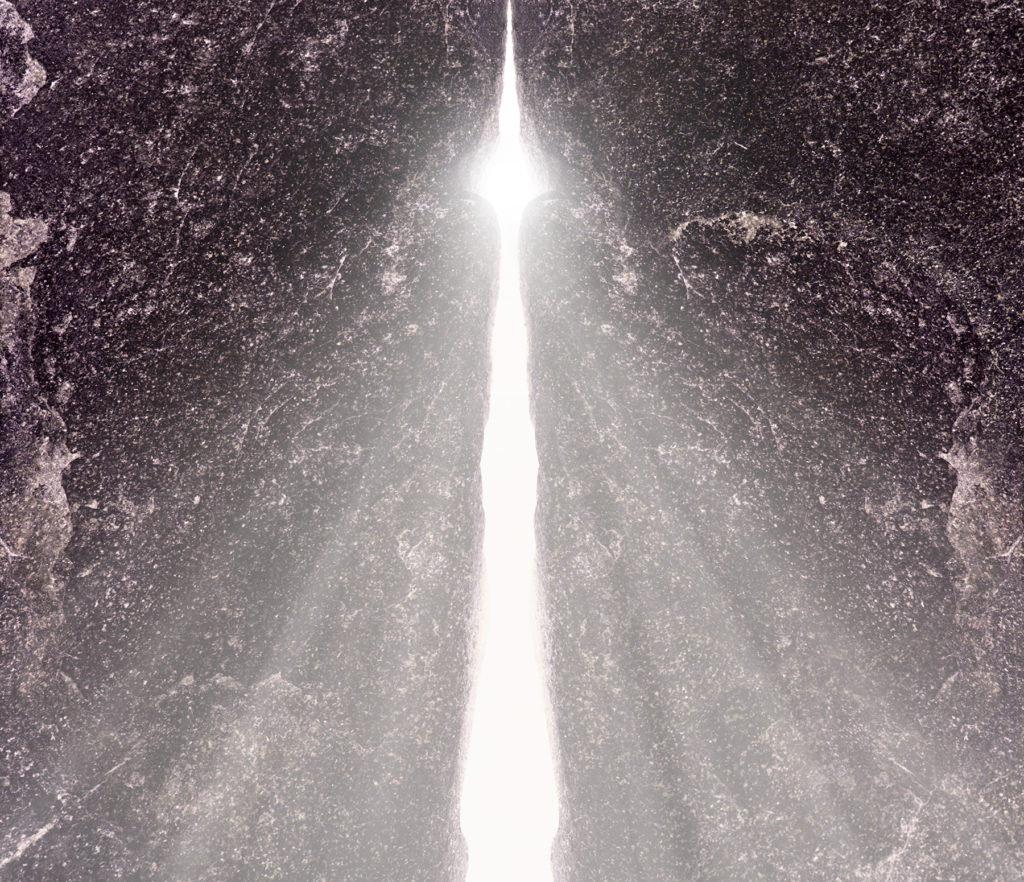
.
These surfaces were created by nature; a portion of them is beyond me and beckons me to expand my sensibilities. Yet the surfaces in these pictures are not untouched.
I have altered them; by inclusion and exclusion with the device of the picture frame, by further eliminations from and additions to what remains within the picture frame, by changing proportion, by creating rorschachs and placing their midpoints, by orchestrating hue, tint, value, and saturation.
I find this a most curious collaboration with the hand of nature.
.
Every photograph or drawing is such a collaboration. Both modes of expression are subject to their unique processes. A photographer apprehends his subject (a process of recognition and capture); a painter intends his work (a process of conception and rendition). In general, one is usually thought to be more objective, the other more subjective though it is not necessarily so. Yet both modes remain processes of discovery, a revelation of both the internal and the external. The balancing point between these two modes in this collaboration is one of the things that makes this work so unusual. It occupies a curious space between photography and painting.
My art is a perceptual hybrid.
.
In all of my work, there is an obsession with looking at, through, and into surfaces. A fortuneteller might divine meaning from the world by reading tea leaves, bones, runes, or entrails scattered across a surface. Similarly, I have been engaged in a process of self-discovery and revelation. Looking at images offers a unique opportunity to see the artist revealed and the world interpreted. Looking at the surfaces of nature yields similar opportunities. One asks the question, “What do these lines, shapes, proportions, patterns, and rhythms reveal about the world and its creator?” Reading the face of nature is an overwhelming process. It fills one with wonder.
.
My images are highly psychological.
I find the work that is universally psychological rather than specifically psychological more interesting. The rorschach patterns lend themselves to interpretation; they encourage a rich upwelling of association. Yet every interpretation, the very act of memory and the foundations of identity that underlie knowledge relies on association. And images, in many ways like texts, rely on an interpretive process. This interpretive process can be very revealing psychologically, on both cultural and individual levels.
Often, questions are more revealing than answers.
.
In comparing my interpretation with another’s, it quickly became clear that formulating a decisive interpretation is highly problematic. One can never separate the interpreter from the interpretive process – just as one cannot separate the observer from the observed in modern physics. Each interpreter then yields a unique result, at times culturally relevant and at times highly personal. How then can the artist be assured that his statement will carry across the lines of interpretation to meet the viewer? The artist cannot. One can have faith that the power of a statement will cut through the resounding static or trust that the cultural vocabulary one has acquired and refined is sufficient to communicate effectively.
.
What then is left for the statement that has no cultural basis that exists outside the current vocabulary? This is an extremely important problem, as mystery, the unknown, and the unexplained are often the soul of art. In this endeavor we can only resort to a cataphatic method; that is, we can only approach it by describing what it is not, by defining the boundaries of the indescribable space it occupies. It’s a bit like Einstein’s clock. This does not mean that the indescribable does not exist or that it is without validity, this simply implies that our understanding and our methods of inquiry are limited and cannot yet encompass a larger and to date latent reality. We may not be able to fully describe a given experience; nonetheless, it moves us, it affects us, it has a real effect.
One of the great functions of art is to chart new territories, new frontiers of knowledge, and new ways of knowing.
.
It is tempting to ask the question “What does it mean?” of a given artwork. And it is an important and valuable question, but it is not the only question and it is not the only way of knowing something. I am reminded of a cartoon in the New Yorker in which a man stands in front of an object of modern art and asks “But what does it mean?” And in the next frame, the art object points back at the man and asks, “What do you mean?” It is enough, and sometimes all we can do, to acknowledge the presence and power of an experience without defining it. Definitions impose labels, and labels impose limitations, and the language we use to code labels contains preconceptions.
Pure experience is ultimately the most valuable thing art can convey and provide.
.
Rather than be threatened by this uncertainty or deny that it exists, I prefer to modify my inherited attitudes and notions about authorship and authority, embracing rather than discouraging the spontaneous and conscious participation of my audience. I hope that they challenge themselves and try to maintain an open mind as much as I do. I encourage them, as I do myself, to steadfastly hold onto their unique and often very personal responses to a given work and at the same time challenge themselves to see work as another might and as it might be seen in the larger cultural context. I encourage viewers to strike up an active, ongoing, and respectful dialog with the work and each other, keeping in mind that each separate interpretation has a unique value. Doing so will reveal much about an inescapable process of communication, knowledge, and self-discovery.



Sorry, the comment form is closed at this time.